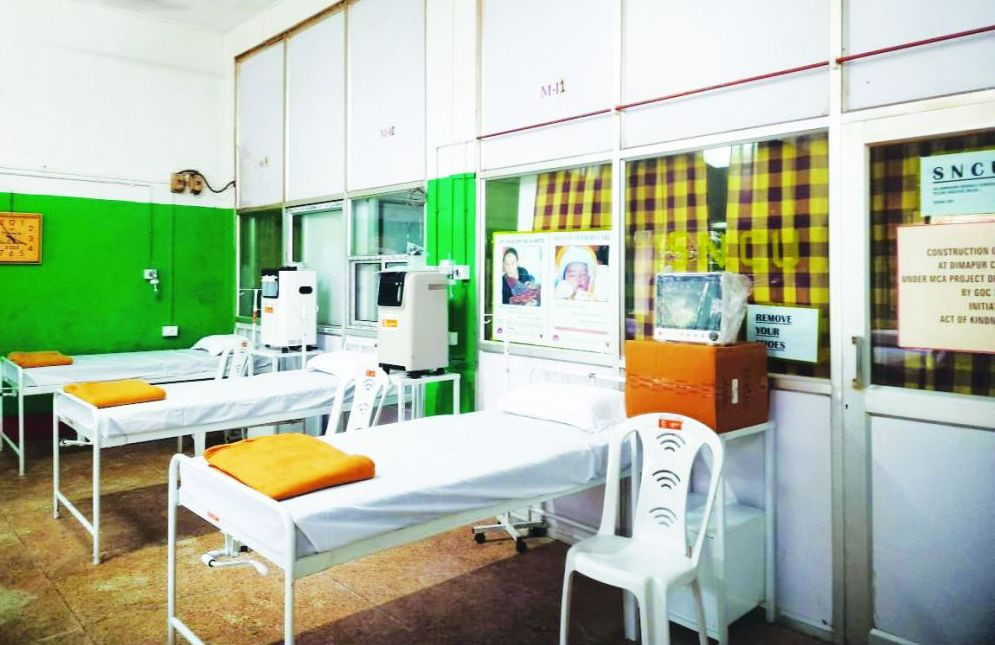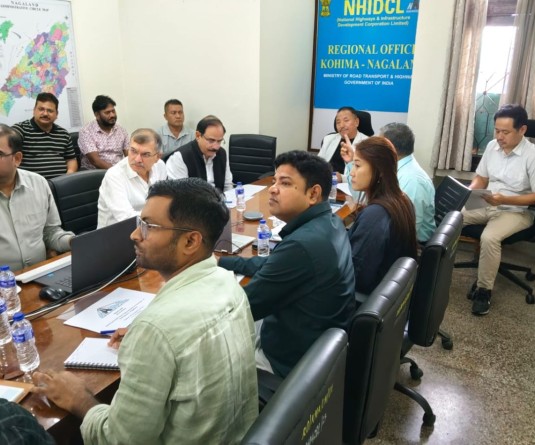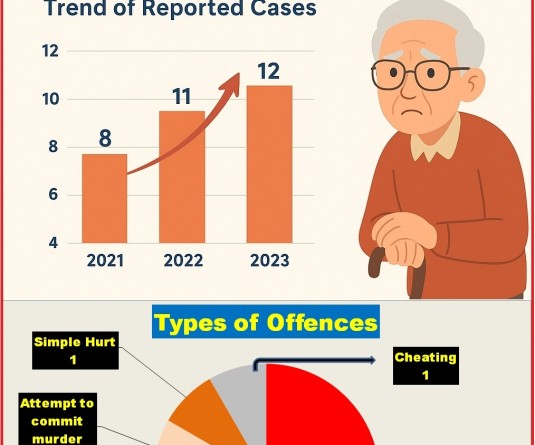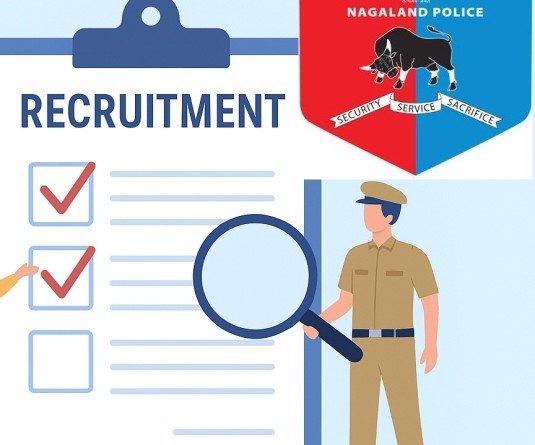Underutilization of funds, lack of manpower, medicines and other services were reported by the CAG audit report on the State’s secondary healthcare centres which was tabled in the NLA on November 25.

Morung Express News
Kohima | November 25
Due to inadequate spending under the state budget, secondary healthcare facilities in the state suffered inadequate physical infrastructure, shortage of drugs, equipment, specialist services and other diagnostic services.
This was stated in the Comptroller and Auditor General (CAG) report presented by Chief Minister, Neiphiu Rio on the performance audit of select district hospitals in Nagaland for the year ended March 31, 2019 during the 9th session of the 13th Nagaland Legislative Assembly (NLA) today.
The report audited the performance of select secondary public health facilities (district level hospitals) and primary care (one CHC and one PHC) in the state from the period 2014-15 to 2018-19.
The budget allotment and expenditure of the Health & Family Welfare Department against the overall state budget during 2014-19 ranged from Rs. 521.09 cr (4%) in 2014-15 to Rs. 797.48 cr (3.90%) in 2018-19; even as the National Health Policy, 2017 envisaged allocation of at least 8% of the total budget of the state for health sector.
The expenditure on health ranged from Rs. 418.09 cr (4.3%) to Rs. 631.42 cr (4.17%) of the total state budget during the period. However, the department didn’t utilise the allocated funds in the five years period 2014-19, with savings ranging from Rs. 103 cr (19.77%) in 2014-15 to Rs. 166.07 cr (20.82%) in 2018-19.
Out of the total expenditure of Rs. 2649.93 cr incurred on health during 2014-19, revenue expenditure was Rs. 2493.73 cr (94.10%) while the capital expenditure was Rs. 156.20 cr (5.90%).
The reported stated that the department spent a mere 0.58% of the total revenue expenditure on drugs/medicines, and owing to the decline in revenue expenditure on drugs and medicines, there was shortage of drugs in health units across the state.
Availability of drugs in the sub-centres varied from 5% to 73% with an average of 33%. In the case of PHCs, availability of drugs was 36%, while availability of drugs in the case of CHCs was found to be very poor as against 225 recommended drugs, only 39% drugs were available across the state.
Unspent NHM funds
Against available funds of Rs. 564 cr (GoI/GoN/OB/interest) during the period 2014-19, the NHM state society utilised Rs. 473.26 cr of the funds, with unspent balances ranging from 43-68% of the available funds during the period.
Further the unspent balances of three important NHM programmes, namely National Oral Health Programme, National Programme for Health Care of Elderly and Non-Communicable Diseases, ranged from 50-99% indicating that the intended beneficiaries were deprived of the benefits of these programmes.
Shortage of human resources
The audit scrutiny revealed that there was persistent shortage of doctors in three test check district hospitals of Phek, Wokha and Tuensang of medical officers, staff nurse and paramedical staff.
The report found that shortage of doctors in District Hospital (DH) Phek was 50% against norms, whereas in DH Wokha, the shortage was 54% during 2014-19. There has been a slight improvement on the number of doctors in DH Tuensang from 12% in 2014-15 to 14% in 2018-19, and from 44% to 62% during 2014-19 in DH Kohima.
Blood bank & blood storage units
Out of the four test checked district hospitals, blood bank was found to be available only in DH Kohima. The report stated that blood storage units in Wokha, Phek and Tuensang were non-functional resulting in avoidable hardship and risk to the patients by being referred to blood banks in other district hospitals in the state.
Cancer care
The audit further observed that mammography machine and colposcope were not available in the three checked districts. It was also found that hospitals did not maintain the records of suspected cancer cases from CHSC/PHCs and forwarded to DH Kohima.
The Tertiary Cancer Care Centre (TCCC) at DH Kohima was approved in December 2016 for Rs. 43.50 cr, out of which Rs. 13.23 cr was received. However, it still could not be made functional due to delay in completion of civil works.
Although equipments have been procured for Rs 7.04 cr before completion of civil works, the report stated the equipments were lying idle in DH Kohima. “Despite availability of funds, the citizens were deprived of specialised cancer care facility in the state” informed the report.
Deficiencies in HIV & AIDS care
In case of HIV & AIDS care in the state, the report said that despite the increase in HIV positive cases, significant deficiencies were observed in implementation of programmes by the Nagaland State AIDS Control Society (NSACS).
As specific surveillance plan was not formulated by NSACS, identification of the pockets of infection of HIV & AIDS was limited to data received from District AIDS Prevention and Control Units (DAPCU).
Besides, the report stated that counselling offered in ICTC centres for pregnant women was inadequate as out of 376 pregnant women screened positive for HIV & AIDS, only 41.41% were referred or attended in ARTS.
“Since all the positive cases were not given ART services, possibility of transmission of HIV & AIDS to the newborns cannot be ruled out” observed the report.






